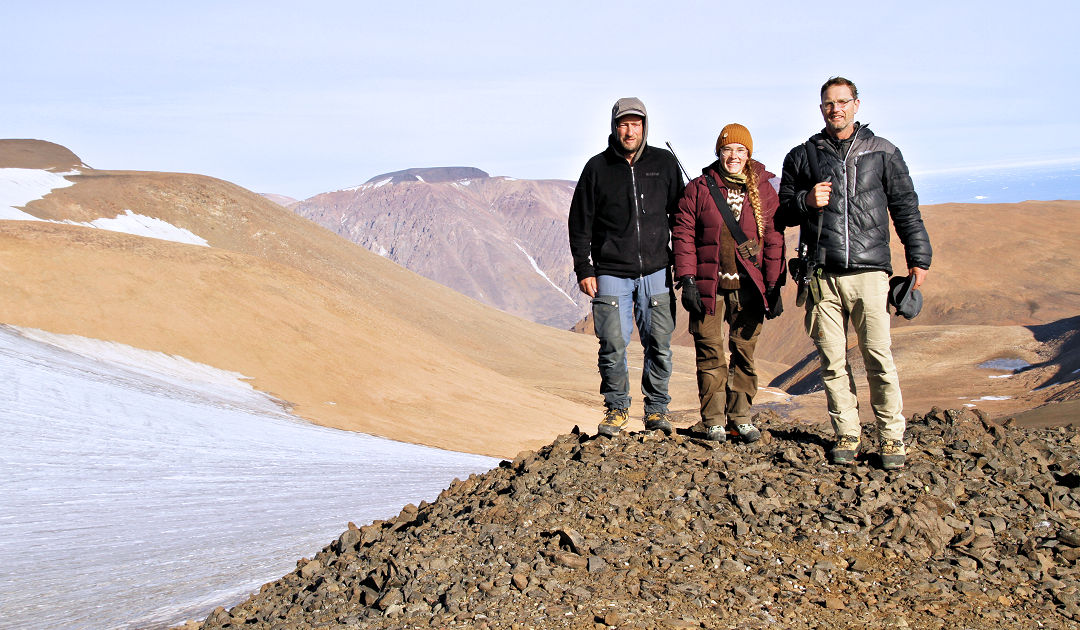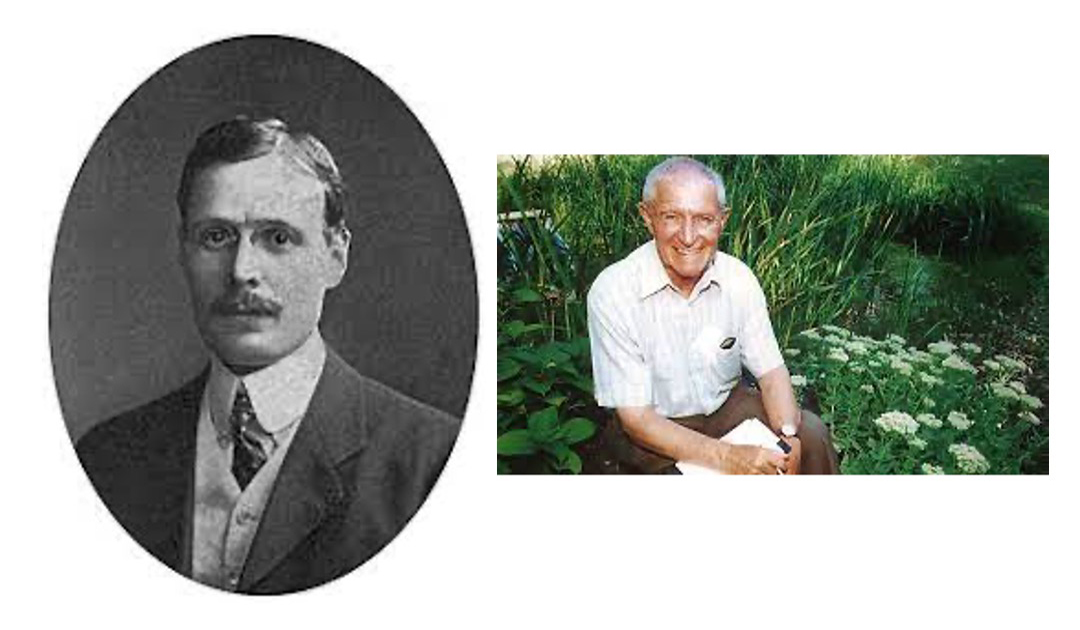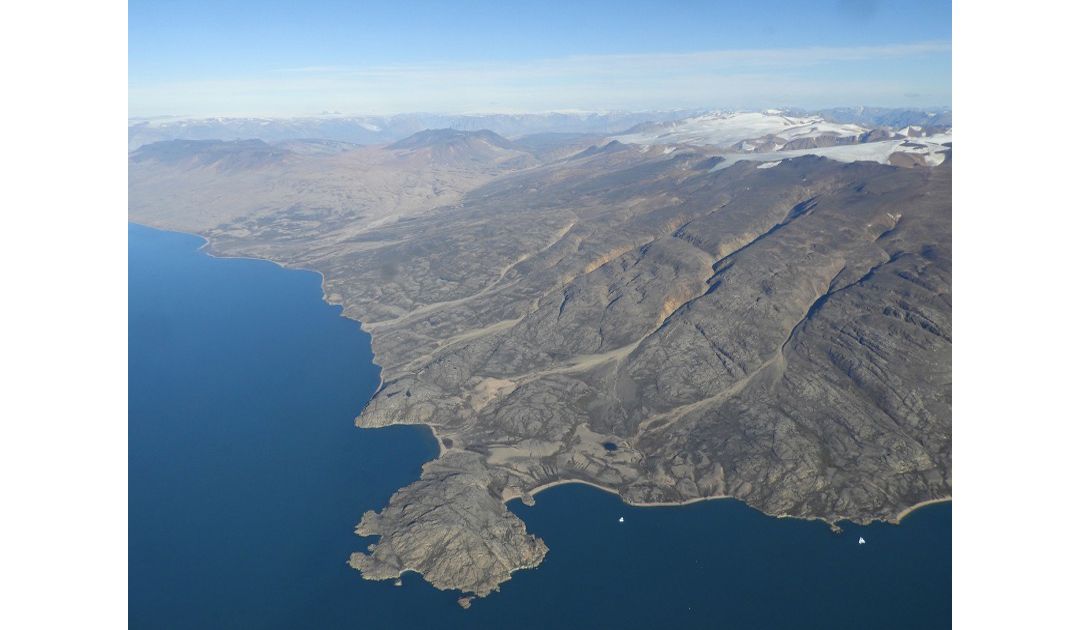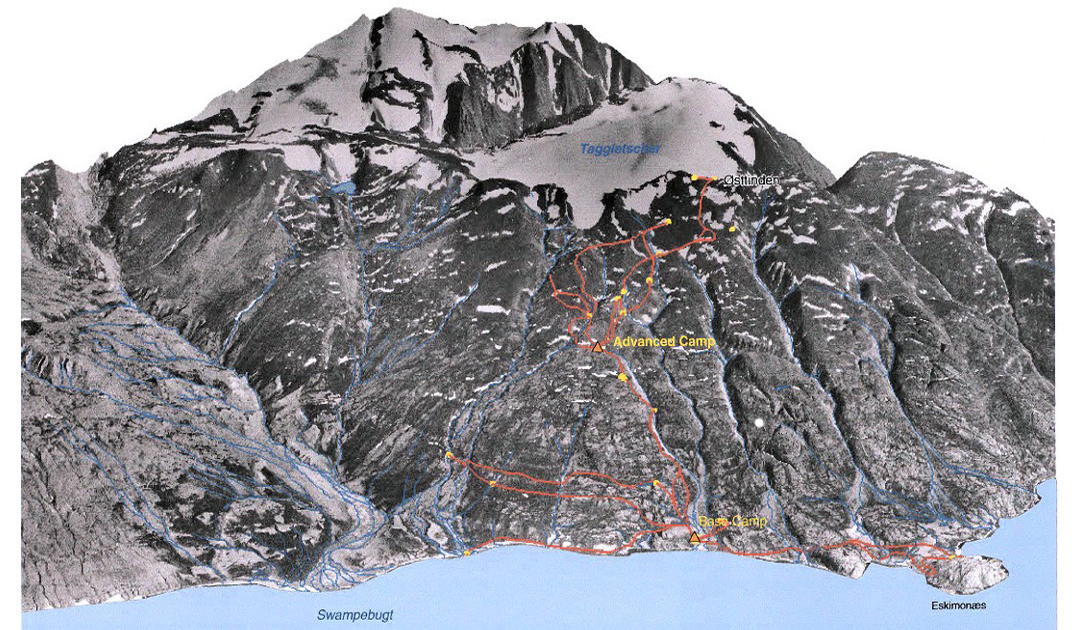
Based on scientific data established in Greenland by two botanists 20 and 90 years ago, a Swiss research team followed the same routes to assess changes in flora and the impact of global warming.
On July 25, two scientists from the Institute for Snow and Avalanche Research (SLF) in Switzerland and a master student from the University of Basel had set off on an expedition to a remote corner in northeastern Greenland. The project goal sounds like that of any modern expedition: to identify local plant populations, analyse their evolution over recent decades and measure the impact of climate change on flora. But the idea behind it is anything but new. The team followed the traces of two previous expeditions, led in the same places and on the same paths: “We are doing historical botany here, being on the tracks of a Danish botanists who was in that area in 1931/32 and 34. A Swiss botanist repeated the same plant survey 70 years later, from sea level to circa 1,300 metres.”, explains Christian Rixen, senior scientist at the SLF after his return from field work.
The idea of recreating the expedition for the third time came about after a meeting between Rixen and a Swiss botanist: “I had met Fritz Hans Schwarzenbach some 12 years ago and he told me about his work.” Used to conducting repeated surveys of mountain peaks and flora by taking up the work of botanists, some of which dated back to 1835, the scientist was contacted by Schwarzenbach: ” Since he had this historical data from Greenland, he wondered if it might revive a collaboration between Switzerland, Denmark and Greenland.”

Schwarzenbach, who passed away in 2018, had always highlighted the historic collaboration between Switzerland and Greenland. Lauge Koch, a famous geologist, for example, always included Swiss scientists on his many expeditions to the island. In 1995, Schwarzenbach even organised a reunion for the Swiss members of these expeditions. “In a way, we are not only following our biological work but also following in the historical footsteps of these pioneers“, says Mr. Rixen.
Supported by the European INTERACT program, the team of scientists prepared their expedition by carefully organizing the historical data of their predecessors: “From sea level to mountain top, we have information on where each species grows for every hundred-meter zone. And there are around 130 different species altogether. It was clear that we had to do the same thing, i.e. first climb to the highest altitude, then descend again while recording each new species that moved to a higher altitude.”
In addition to the equipment intended to ensure their survival, the team used maps downloaded on their phones, thus making it possible to precisely follow the previous scientists’ route. Solar panels to provide the necessary electricity and batteries completed the equipment, in addition to satellite telephones for emergencies and to ensure communication with the nearby Zackenberg scientific station: “I would really like to thank INTERACT and the Zackenberg station for making this project possible. “, states Christian Rixen whose team could rely on the logistical support from the station.
Rise to adapt
Studies carried out in 2001 had already revealed an upward shift in many species as a result of climate change. Rixen expects to observe the same phenomenon in his results: “I think it would be in line with what Schwarzenbach had observed. It’s not very surprising, but it’s very interesting. It seems that many species can now be found at higher altitudes. According to Gelting’s 1930 surveys, only eight species had been found at 1,225 meters and above. In 2001, Schwarzenbach discovered 28 species between 1,225 and 1,320 meters.”


While it will still take some time for scientists to analyse their results, they already expect to find and confirm the observed trend: On average, Clavering Island species have moved 38 metres higher in 70 years. This represents an increase of about five to six metres per decade. However, this is less than other floral species closer to our latitudes as studies have established an increase of 28 metres per decade for certain alpine mountain species. While the magnitude is different, the pattern is the same: moving higher up to survive.
Also, not all plants adapt in the same way and some may well disappear. However, Rixen and his team are cautious: “There are a few species that we didn’t find but I wouldn’t say that they have disappeared. We are talking about a quite large territory and if a plant is not in the same place, it is quite possible that we simply have not seen it.” Conversely, the team found a new species, a butter cup (Ranunculus auricomus), which none of the previous researchers had observed. This pretty yellow flower therefore could be a new arrival in the region or has previously been overlooked.
Despite the difficulties of conducting such research in remote areas of the Arctic, studying plants offers a valuable indicator of climate change. Indeed, when researchers can draw on the work of the past, the benefits are obvious: “Historical research of this kind is an incredibly valuable resource for understanding the changes taking place on our planet and in nature,” points out Rixen. “If you go back to the same place, you can see very clearly which plants have disappeared and in which proportion. It all depends, of course, on the quality of the historical records, and I think we’ve found a very good historical source here.”
Mirjana Binggeli, PolarJournal





